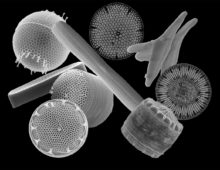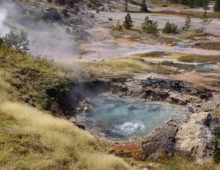Basis of Bryophyte-Microorganism Interactions
Mosses host microbes that are capable of providing them with the necessary nitrogen. In exchange, the mosses supplement the microbe’s energy stores. We plan to test the role of sulfur containing compounds in mediating this globally important mutualism. [Read More]

